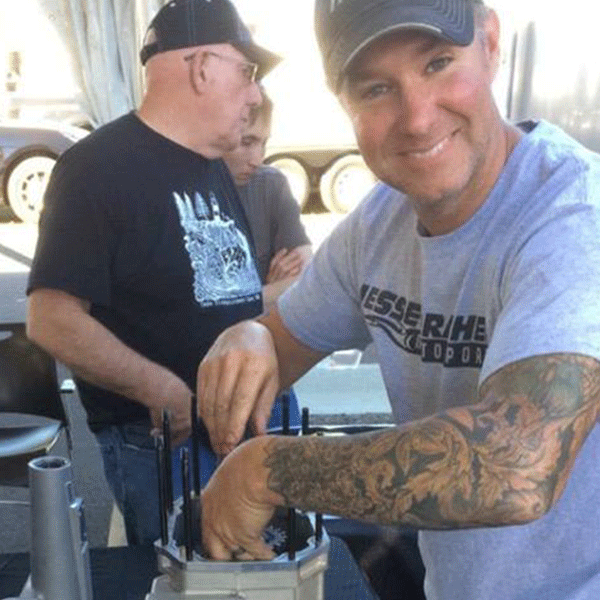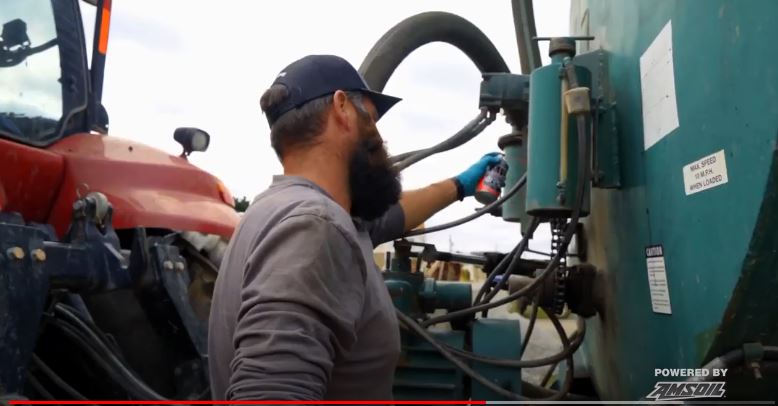Championship Engine Builder Trusts Only AMSOIL John Baker|Dec 18, 2019 8:11 AM More than 1,080 miles covering six states separate Jesse Prather Motorsports, in Topeka, Kansas, from Virginia International Raceway. And yet Jesse Prather’s influence at the track in October for the Sports Car Club of America’s (SCCA) annual “Runoffs” was unmistakable as an estimated […]
You are browsing archives for
Tag: maintenance
No Day is a Bad Day on the Farm
No Day is a Bad Day on the Farm Lindsay Premo|Apr 15, 2020 8:00 AM Peter Davie is into milk. Stay with me on this one. In the early ’50s, Peter Davie’s grandfather came across a piece of property in Delta, British Columbia, where the family runs its dairy farm to this day. Solely dairy […]
Is Starting Fluid Bad for Gas Engines?
Is Starting Fluid Bad for Gas Engines? John Baker|May 22, 2017 8:08 AM The simple answer: In small doses and used properly, it can be effective in hard-starting gasoline engines. But it can be bad for two-stroke or diesel engines. The real question to ask is, “Why does my engine need starting fluid in […]
Why Top Landscapers (Like Duluth Lawn Ca...
Why Top Landscapers (Like Duluth Lawn Care) Trust AMSOIL Andy Arendt|Mar 18, 2019 12:26 PM Landscape professionals provide the most demanding proving grounds for two-stoke equipment. Their string trimmers, backpack blowers, chainsaws and other equipment run continuously in hot, dirty and wet conditions. And their brutal schedules leave no time for breakdowns. As the video […]



